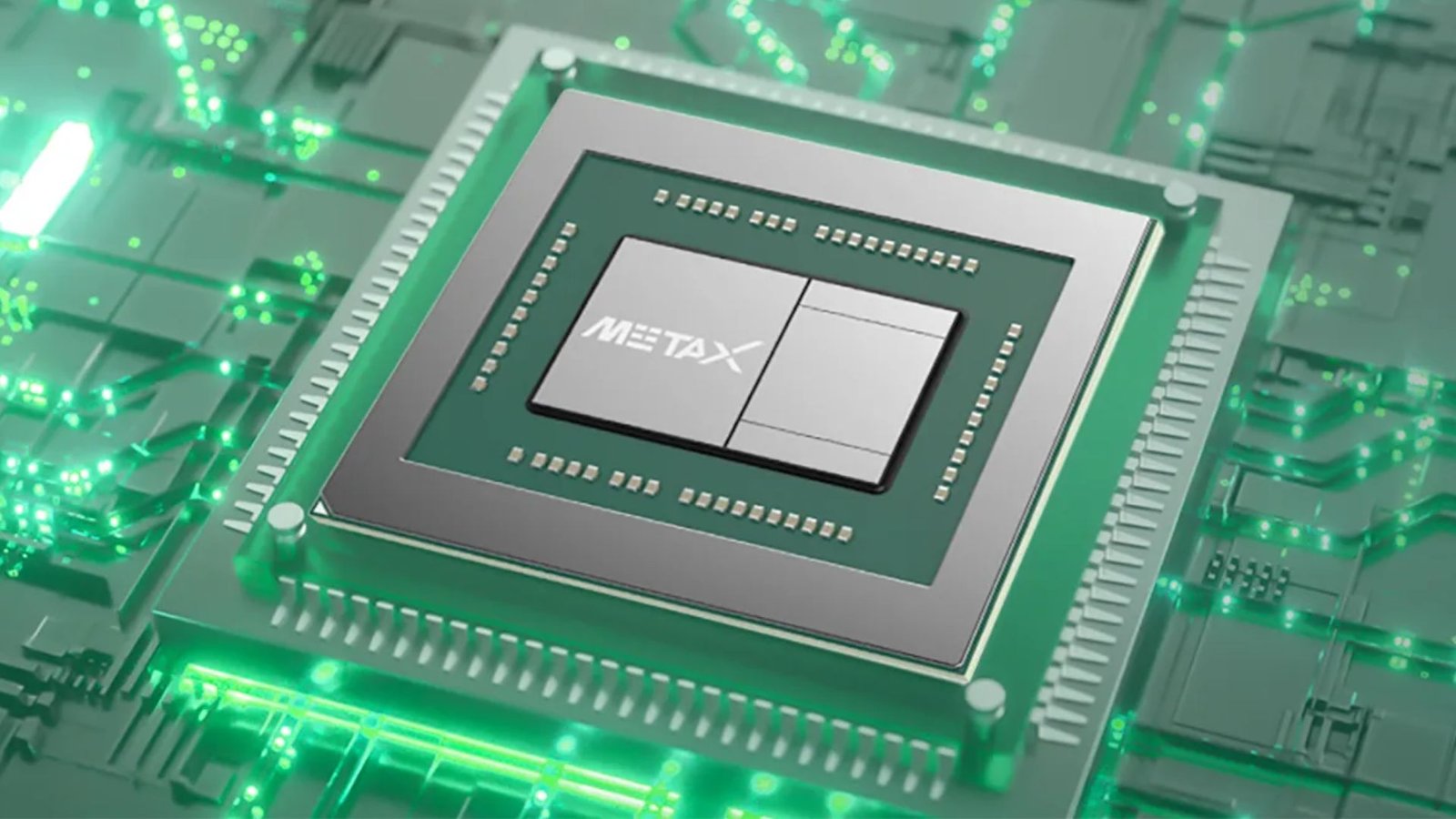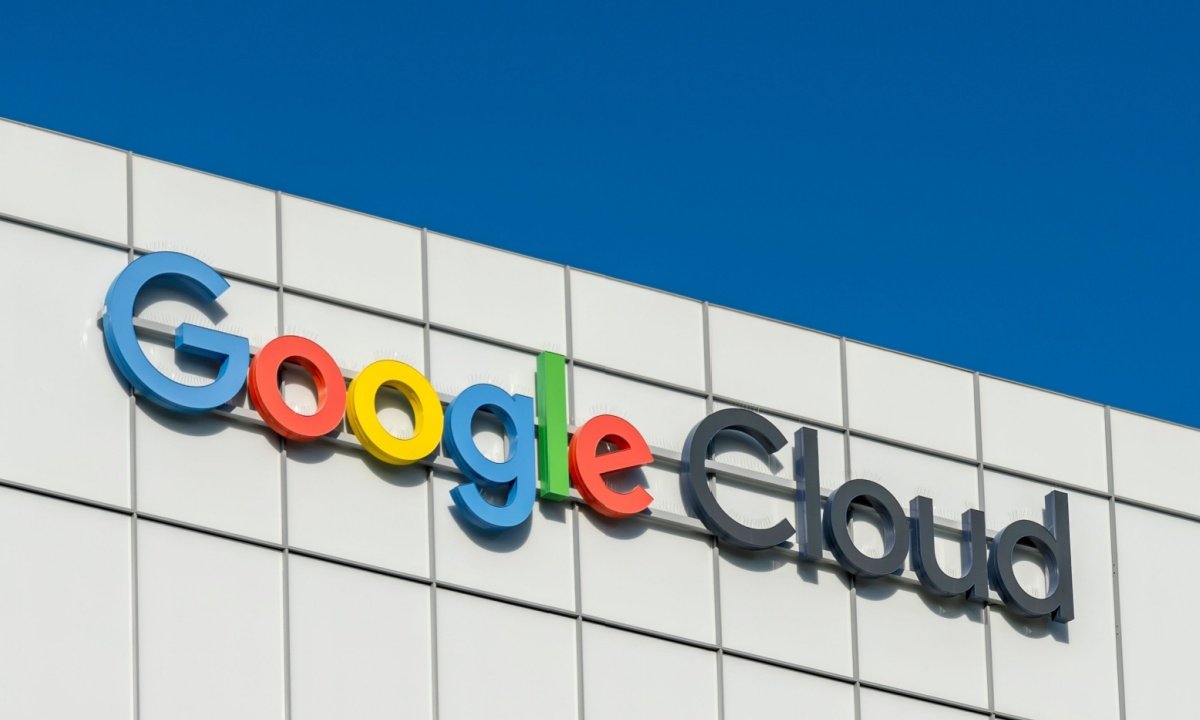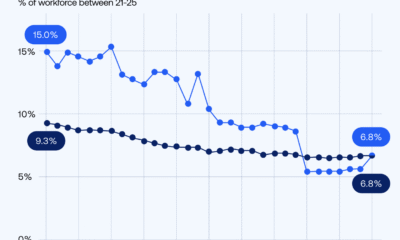Tools & Platforms
The End of Work as We Know It

For centuries, work has defined us. It has given us identity, purpose, and status in society. But what happens when work, our source of income, itself begins to disappear? Not because of war, depression, or outsourcing, but because of algorithms. What does it mean to work in an AI-driven economy? I spent this month of July interviewing several experts from diverse corners of the labor landscape. Through these conversations, a complex and often contradictory picture emerges, one filled with both promise and peril, efficiency and exploitation, displacement and dignity.
The View from the Top: Efficiency, Experience
From the C-suite, the AI revolution is viewed with a mixture of excitement and urgency. Elijah Clark, a consultant who advises companies on AI implementation, is blunt about the bottom line. “CEOs are extremely excited about the opportunities that AI brings,” he says. “As a CEO myself, I can tell you, I’m extremely excited about it. I’ve laid off employees myself because of AI. AI doesn’t go on strike. It doesn’t ask for a pay raise. These things that you don’t have to deal with as a CEO.”
This unvarnished perspective reveals a fundamental truth about the corporate embrace of AI: it is, at its core, a quest for efficiency and profitability. And in this quest, human labor is often seen as a liability, an obstacle to be overcome. Clark recalls firing 27 out of 30 student workers in a sales enablement team he was leading. “We can get done in less than a day, less than an hour, what they were taking a week to produce,” he explains. “In the area of efficiency, it made more sense to get rid of people.”
Peter Miscovich, JLL’s Global Future of Work Leader, sees AI as an “accelerant of a trend that was underway for the last 40, 50 years.” He describes a “decoupling” of headcount from real estate and revenue, a trend that is now being supercharged by AI. “Today, 20% of the Fortune 500 in 2025 has less headcount than they had in 2015,” he notes.
But Miscovich also paints a picture of a future where the physical workplace is not obsolete but transformed. He envisions “experiential workplaces” that are “highly amenitized” and “highly desirable,” like a “boutique hotel.” In these “Lego-ized” offices, with their movable walls and plug-and-play technology, the goal is to create a “magnet” for talent. “You can whip the children, or you can give the children candy,” he says. “And, you know, people respond better to the candy than to the whipping.”
Yet, even in this vision of a more pleasant workplace, the specter of displacement looms large. Miscovich acknowledges that companies are planning for a future where headcount could be “reduced by 40%.” And Clark is even more direct. “A lot of CEOs are saying that, knowing that they’re going to come up in the next six months to a year and start laying people off,” he says. “They’re looking for ways to save money at every single company that exists.”
The Hidden Human Cost: “It’s a New Era in Forced Labor”
While executives and consultants talk of efficiency and experience, a very different story is being told by those on the front lines of the AI economy. Adrienne Williams, a former Amazon delivery driver and warehouse worker, offers a starkly different perspective. “It’s a new era in like forced labor,” she says. “It’s not slavery, because slavery is different. You can’t move around, but it is forced labor.”
Williams, a research fellow at the Distributed AI Research Institute (DAIR) that focuses on examining the social and ethical impact of AI, is referring to the invisible work that we all do to train AI systems every time we use our phones, browse social media, or shop online. “You’re already training AI,” she explains. “And so as they’re taking jobs away, if we just had the ability to understand who was taking our data, how it was being used and the revenue it was making, we should have some sovereignty over that.”
This “invisible work” is made visible in the stories of gig workers like Krystal Kauffman, who has been working on Amazon’s Mechanical Turk platform since 2015. She has witnessed firsthand the shift from a diverse range of tasks to a near-exclusive focus on “data labeling, data annotation, things like that.” This work, she explains, is the human labor that powers the AI boom. “Human labor is absolutely powering the AI boom,” she says. “And I think one thing that a lot of people say is, ‘teach AI to think,’ but it’s actually, at the end of the day, it’s not thinking. It’s recognizing patterns.”
The conditions for this hidden workforce are often exploitative. Kauffman, who is also a research fellow at DAIR, describes how workers are “hidden,” “underpaid,” and denied basic benefits. She also speaks of the psychological toll of content moderation, a common form of AI-related work. “We talked to somebody who was moderating video content of a war in which his family was involved in a genocide, and he saw his own cousin through annotating data,” she recalls. “And then he was told to get over it and get back to work.”
Williams, who has worked in both warehouses and classrooms, has seen the harmful effects of AI in a variety of settings. In schools, she says, AI-driven educational tools are creating a “very carceral” environment where children are suffering from “migraines, back pain, neck pain.” In warehouses, workers are “ruining their hands, getting tendonitis so bad they can’t move them,” and pregnant women are being fired for needing “modified duties.” “I’ve talked to women who have lost their babies because Amazon refused to give them modified duties,” she says.
The Dignity of Human Work: “A Calling” in the Face of Automation
In the face of this technological onslaught, there are those who are fighting to preserve the dignity of human labor. Ai-jen Poo, president of the National Domestic Workers Alliance, is a leading voice in this movement. She champions “care work”—the work of nurturing children, supporting people with disabilities, and caring for older adults—as a prime example of the kind of “human-anchored” work that technology cannot easily replace.
“That work of enabling potential and supporting dignity and agency for other human beings is at its heart human work,” she says. “Now, what I think needs to happen is that technology should be leveraged to support quality of work and quality of life as the fundamental goals, as opposed to displacing human workers.”
Poo argues for a fundamental rethinking of our economic priorities. “I would create a whole new foundation of safety net that workers could expect,” she says, “that they could have access to basic human needs like health care, paid time off, paid leave, affordable child care, affordable long-term care. I would raise the minimum wage so that at least people who are working are earning a wage that can allow them to pay the bills.”
For the care workers Poo represents, their work is more than just a job; it’s a “calling.” “The median income for a home care worker is $22,000 per year,” she notes. “And people in our membership have done this work for three decades. They see it as a calling, and what they would really like is for these jobs to offer the kind of economic security and dignity that they deserve.”
A Fork in the Road: Deepening Inequality or Democratizing Technology?
The conversations with these specialists reveal a stark choice, a fork in the road for the future of work. On the one hand, there is the path of unchecked technological determinism, where AI is used to maximize profits, displace workers, and deepen existing inequalities. Adrienne Williams warns that AI has the potential to “exacerbate all these problems we already have,” particularly for “poor people across the board.”
On the other hand, there is the possibility of a more democratic and humane future, one where technology is harnessed to serve human needs and values. Ai-jen Poo believes that we can “democratize” AI by giving “working-class people the ability to shape these tools and to have a voice.” She points to the work of the National Domestic Workers Alliance, which is “building our own tools” to empower care workers.
Krystal Kauffman also sees hope in the growing movement of worker organizations. “The company wants to keep this group at the bottom,” she says of gig workers, “but I think what we’re seeing is that group saying ‘no more, we exist,’ and starting to push back.”
The Search for Meaning in a Post-Work World
Ultimately, the question of the purpose of work in an AI-driven economy is a question of values. Is the purpose of our economy to generate wealth for a few, or to create a society where everyone has the opportunity to live a dignified and meaningful life?
Clark is clear that from the CEO’s perspective, the “humanness inside of the whole thing is not happening.” The focus is on “growth and that’s maintaining the business and efficiency and profit.” But for Ai-jen Poo, the meaning of work is something much deeper. “Work should be about a way that people feel a sense of pride in their contributions to their families, their communities and to society as a whole,” she says. “Feel a sense of belonging and have recognition for their contribution and feel like they have agency over their future.”
Our Take
The question is not just whether machines will do what we do, but whether they will unmake who we are.
The warning signs are everywhere: companies building systems not to empower workers but to erase them, workers internalizing the message that their skills, their labor and even their humanity are replaceable, and an economy barreling ahead with no plan for how to absorb the shock when work stops being the thing that binds us together.
It is not inevitable that this ends badly. There are choices to be made: to build laws that actually have teeth, to create safety nets strong enough to handle mass change, to treat data labor as labor, and to finally value work that cannot be automated, the work of caring for each other and our communities.
But we do not have much time. As Clark told me bluntly: “I am hired by CEOs to figure out how to use AI to cut jobs. Not in ten years. Right now.”
The real question is no longer whether AI will change work. It is whether we will let it change what it means to be human.
Tools & Platforms
China unveils ‘world’s first’ brain-like AI, 100x faster on local tech

Researchers at the Chinese Academy of Sciences’ Institute of Automation in Beijing have introduced a new artificial intelligence system called SpikingBrain 1.0.
Described by the team as a “brain-like” large language model, it is designed to use less energy and operate on homegrown Chinese hardware rather than chips from industry leader Nvidia.
“Mainstream Transformer-based large language models (LLMs) face significant efficiency bottlenecks: training computation scales quadratically with sequence length, and inference memory grows linearly,” said the researchers in a non-peer-reviewed technical paper.
According to the research team, SpikingBrain 1.0 performed certain tasks up to 100 times faster than some conventional models while being trained on less than 2% of the data typically required.
This project is part of a larger scientific pursuit of neuromorphic computing, which aims to replicate the remarkable efficiency of the human brain, which operates on only about 20 watts of power.
“Our work draws inspiration from brain mechanisms,” added the researchers.
To replicate efficiency of human brain
The core technology behind SpikingBrain 1.0 is known as “spiking computation,” a method that mimics how biological neurons in the human brain function.
Instead of activating an entire vast network to process information, as mainstream AI tools like ChatGPT do, SpikingBrain 1.0’s network remains mostly quiet. It uses an event-driven approach where neurons fire signals only when specifically triggered by input.
This selective response is the key to reduced energy consumption and faster processing time. To demonstrate their concept, the team built and tested two versions of the model, a smaller one with 7 billion parameters and a larger one containing 76 billion parameters. Both were trained using a total of approximately 150 billion tokens of data, a comparatively small amount for models of this scale.
The model’s efficiency is particularly notable when handling long sequences of data. In one test cited in the paper, the smaller model responded to a prompt consisting of 4 million tokens more than 100 times faster than a standard system.
In a different test, a variant of SpikingBrain 1.0 demonstrated a 26.5-fold speed-up over conventional Transformer architectures when generating just the first token from a one-million-token context.
Stable performance
The researchers reported that their system ran stably for weeks on a setup of hundreds of MetaX chips, a platform developed by the Shanghai-based company MetaX Integrated Circuits Co. This sustained performance on domestic hardware underscores the system’s potential for real-world deployment.
These potential applications include the analysis of lengthy legal and medical documents, research in high-energy physics, and complex tasks like DNA sequencing, all of which involve making sense of vast datasets where speed and efficiency are critical.
“These results not only demonstrate the feasibility of efficient large-model training on non-NVIDIA platforms, but also outline new directions for the scalable deployment and application of brain-inspired models in future computing systems,” concluded the research paper.
Tools & Platforms
Flexential Hires Greg Ogle as CIO to Accelerate IT Transformation and AI Strategy
Data center veteran to drive AI integration and advance security across Flexential’s operations and customer-facing systems
DENVER, Sept. 10, 2025 /PRNewswire/ — Flexential, a leading provider of secure and flexible data center solutions, has appointed Greg Ogle as Chief Information Officer (CIO) to unify its internal technology systems, strengthen cybersecurity oversight, and lead the next phase of its digital and AI-enabled transformation.
Ogle brings more than 25 years of experience aligning enterprise IT with business goals, most recently as Vice President of Global IT Infrastructure and Cloud Operations at Equinix. In that role, he directed global networks, cloud platforms, and enterprise applications, and served a board-appointed term as the interim Chief Information Security Officer.
As Flexential’s CIO, Ogle will also oversee enterprise systems, cloud architecture, data governance, and AI integration. Additionally, he will shape IT policy and investment strategy, support compliance efforts, and modernize the company’s digital foundation. His appointment comes as demand for hybrid infrastructure and AI-ready capacity accelerates, and data center vacancy rates dipped to a low of 1.6% in primary North American markets earlier this year.
“Greg has a proven track record of leading IT in complex, high-stakes environments,” said Ryan Mallory, President & COO at Flexential. “He brings the operational discipline and forward-looking vision we need as we embed AI more deeply into our technology and processes. Greg’s leadership will ensure our systems are more intelligent, resilient, and efficient, enhancing both the employee experience and the way customers engage with our services.
Ogle’s immediate focus will be on unifying Flexential’s technology stack, building a standardized architecture for digital services, and embedding AI across IT operations. His broader strategy includes streamlining platform portfolios and engineering processes, as well as reinforcing governance through centralized tools and policies.
“Flexential is at a pivotal moment, where the convergence of AI, cloud, and hybrid infrastructure are reshaping how enterprises operate,” said Greg Ogle, CIO at Flexential. “I’m excited to build on Flexential’s strong foundation to deliver technology that is smarter, more secure, and more connected. My focus will be on ensuring our digital backbone not only supports today’s needs but also provides the resiliency and trust our customers require as we prepare for the opportunities of tomorrow.”
Ogle’s appointment follows a series of recent leadership moves at Flexential aimed at supporting its long-term infrastructure strategy. In July, the company appointed Thomas Bailey as Vice President of Energy and Matthew Baumann as Vice President of Site Acquisition to expand development capacity and secure long-term power access. Flexential has also raised approximately $1 billion from GI Partners, GI Data Infrastructure, Hamilton Lane, and Morgan Stanley Infrastructure Partners in the last 12 months to support its continued expansion.
For more information on Flexential’s secure infrastructure and flexible IT solutions, visit www.flexential.com.
About Flexential
Flexential empowers the IT journey of the most complex businesses by offering customizable IT solutions designed for today’s demanding high-density computing requirements. With colocation, cloud, connectivity, data protection, and professional services, the FlexAnywhere® platform anchors our services in 40+ data centers across 18 highly connected markets on a scalable 100Gbps+ private network backbone. Flexential solutions are strategically engineered to meet the most stringent challenges in security, compliance, and resiliency. Experience the power of IT flexibility and how we enable digital transformation at www.flexential.com.
Media Contact
Alison Brooker
Corporate Marketing
[email protected]
Christian Rizzo
Gregory FCA for Flexential
[email protected]
SOURCE Flexential

Tools & Platforms
Google Cloud CEO Says Tech Giant Has ‘Made Billions’ on AI

Google Cloud’s chief executive has reportedly outlined how the company is generating revenue through AI services.
-

 Business2 weeks ago
Business2 weeks agoThe Guardian view on Trump and the Fed: independence is no substitute for accountability | Editorial
-
Tools & Platforms4 weeks ago
Building Trust in Military AI Starts with Opening the Black Box – War on the Rocks
-

 Ethics & Policy1 month ago
Ethics & Policy1 month agoSDAIA Supports Saudi Arabia’s Leadership in Shaping Global AI Ethics, Policy, and Research – وكالة الأنباء السعودية
-

 Events & Conferences4 months ago
Events & Conferences4 months agoJourney to 1000 models: Scaling Instagram’s recommendation system
-

 Jobs & Careers2 months ago
Jobs & Careers2 months agoMumbai-based Perplexity Alternative Has 60k+ Users Without Funding
-

 Education2 months ago
Education2 months agoVEX Robotics launches AI-powered classroom robotics system
-

 Podcasts & Talks2 months ago
Podcasts & Talks2 months agoHappy 4th of July! 🎆 Made with Veo 3 in Gemini
-

 Education2 months ago
Education2 months agoMacron says UK and France have duty to tackle illegal migration ‘with humanity, solidarity and firmness’ – UK politics live | Politics
-

 Funding & Business2 months ago
Funding & Business2 months agoKayak and Expedia race to build AI travel agents that turn social posts into itineraries
-

 Podcasts & Talks2 months ago
Podcasts & Talks2 months agoOpenAI 🤝 @teamganassi





















